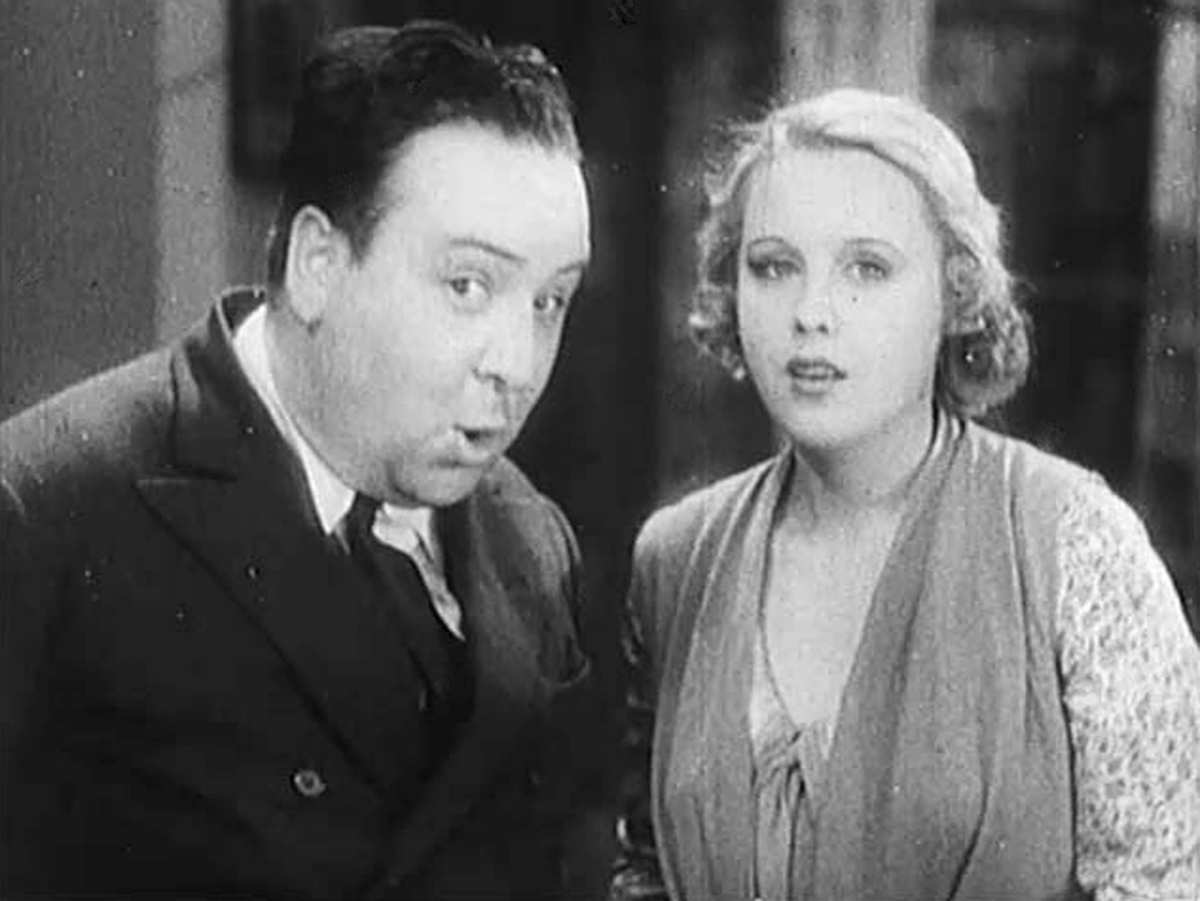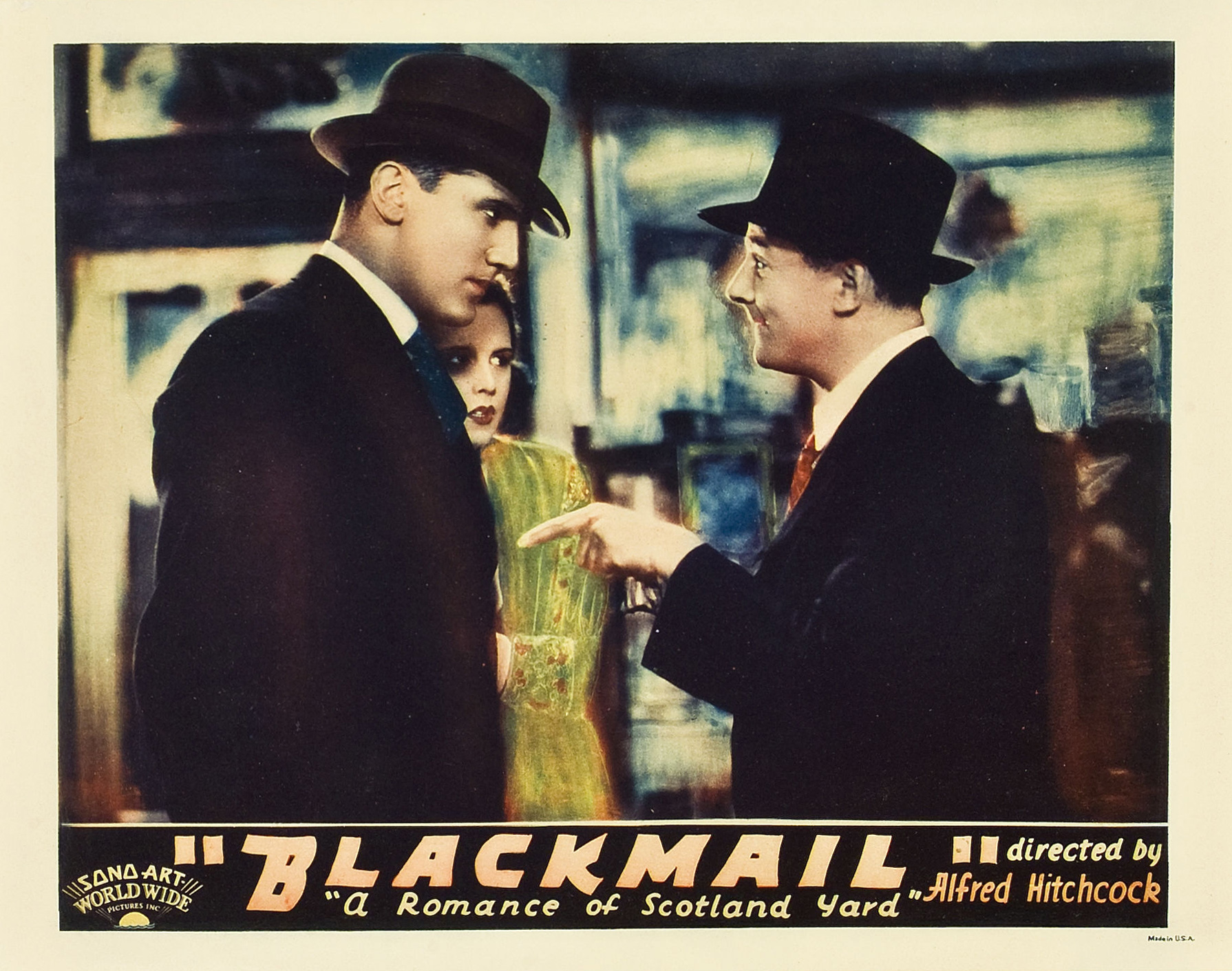Blackmail
Essay by Bryony Dixon & Kieron Webb, BFI National Archive (UK)
Hitchcock’s silent Blackmail is one of the best British films, if not the best, of the late 1920s. Made in 1929, during the transition to the sound era, it was commissioned as both a silent and as a part-talkie with music and some dialogue scenes. With remarkable skill (and an eye to building a solid career in the new medium), Hitchcock managed to produce both a beautifully crafted silent and a groundbreaking sound version. Indeed, he tackled the considerable technical obstacles with such imagination that the latter has tended to obscure the reputation of the silent version, which is in fact superior in a number of ways.
As Hitchcock said, “The silent pictures were the purest form of cinema” and indeed the film contains more shots, more camera movement and the fluidity of the cutting conveys the narrative with greater style. Every scene counts and every shot either enhances the atmosphere or moves the story along. The opening eight minutes of the film is a tour de force of montage in which we see the forces of the law hunt down and “process” a career villain from capture to the police cell. Blackmail displays many of the stylistic elements and themes with which Hitchcock would come to be associated: particularly a fascination with male sexual aggression and female vulnerability. Like the later Sabotage (1936) it features a woman who is protected from the law by her policeman lover. It is also one of a number of Hitchcock’s films to feature a heroine who enters a daze or “fugue” state in which she acts mechanically and apparently without control of her actions—other examples are Murder! (1930), Sabotage and, more ambiguously, Vertigo (1958) and Psycho (1960).
The young Michael Powell (A Matter of Life and Death, 1946), then a stills photographer, claimed to have suggested that the script should lose the third act of the original play, in which it is revealed that no murder has been committed, and end instead with a chase over the dome of the British Museum Reading Room. The Lodger and The Ring both have London locations, but this is undoubtedly the first of Hitchcock’s trademark set-piece finales.





